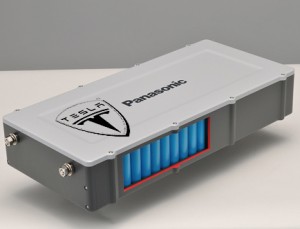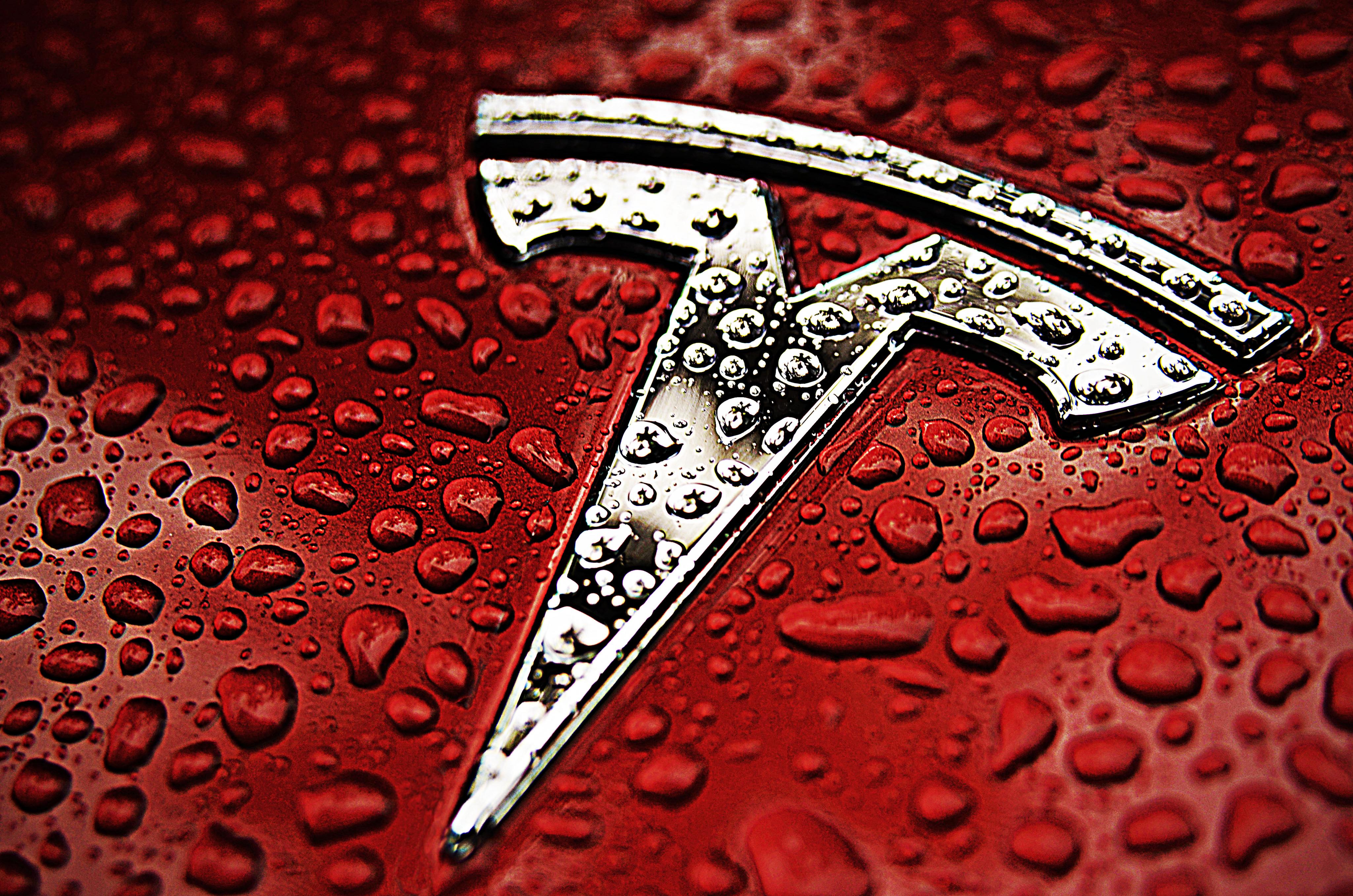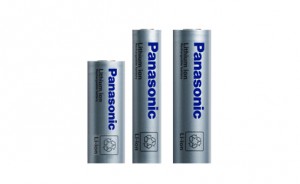 It’s always interesting reading comments and editorial commentaries on what makes Tesla Motors success so outrageous. After all, the company posts a loss, but manages to gain credibility, as well as the almighty investment dollar. The secret to the Tesla Motors success is simple.
It’s always interesting reading comments and editorial commentaries on what makes Tesla Motors success so outrageous. After all, the company posts a loss, but manages to gain credibility, as well as the almighty investment dollar. The secret to the Tesla Motors success is simple.
In her excellent post on Seeking Alpha, Mira Inbar points to the three main reasons that explains Tesla Motors success. What is interesting to see is, why have others failed where a Californian startup didn’t? It all boils down to a simple and rational recipe a few other successful companies used in the past. You might remember them, Apple and Google?
Tesla Motors success recipe: Own the most expensive part of your business
The first part of the Tesla Motors success is that early on, Tesla decided to own its technology by assembling its own battery packs. Unlike other carmakers who chose to delegate this crucial part of an electric vehicle (EV) to battery maker, Tesla’s success is classroom 101 and its security track is exemplar. But to a traditional carmaker, the idea of assembling the battery pack of an EV is alien and foreign. They are geared toward building engines and slapping a body on top of. But a startup is unencumbered by this tradition. It sees a developing technology, senses the unspoken demand and finds solutions around the obstacles.
Tesla buys its 18650 cylindrical battery cells directly from Panasonic, but it develops the thermal management system, software, electronics, and mechanics around its pack in-house. The result is that no Model S has gone up in smoke on its own. Any accidents were caused by a third party. Unfortunately, the same can’t be said about traditional carmakers making modern EVs. Since you can’t own the manufacturing of gasoline, how about giving electricity to your clients for a measly extra $2,000 at purchase time?
Tesla Motors success recipe: Use available and proven technology
As mentioned above, Tesla Motors buys its commodity lithium-ion battery directly from Panasonic. This is the other ingredient to the Tesla Motors success. Certain carmakers decided to use different types of lithium batteries and left it up to the battery makers to design the thermal management and pack casing. Tesla rightfully felt this was more a carmaker’s responsibility. The result is that Tesla now has one of the best energy dense lithium-ion battery on the market that is always kept at a maximum operating temperature and its longevity speaks for itself.
ALSO SEE: Panasonic Tesla Sign off on Gigafactory
Tesla’s second-generation cell designed in conjunction with Panasonic will catapult the company a few years ahead of the competition. In order to ensure the momentum, Musk simply plans to build a giant battery factory to continue owning the build process. The Gigafactory will assure success for the upcoming Tesla Model III and its new generation of cells.
Tesla Motors success recipe: Secure patient capital with a long-term view
News
Tesla FSD fleet is nearing 7 billion total miles, including 2.5 billion city miles
As can be seen on Tesla’s official FSD webpage, vehicles equipped with the system have now navigated over 6.99 billion miles.

Tesla’s Full Self-Driving (Supervised) fleet is closing in on almost 7 billion total miles driven, as per data posted by the company on its official FSD webpage.
These figures hint at the massive scale of data fueling Tesla’s rapid FSD improvements, which have been quite notable as of late.
FSD mileage milestones
As can be seen on Tesla’s official FSD webpage, vehicles equipped with the system have now navigated over 6.99 billion miles. Tesla owner and avid FSD tester Whole Mars Catalog also shared a screenshot indicating that from the nearly 7 billion miles traveled by the FSD fleet, more than 2.5 billion miles were driven inside cities.
City miles are particularly valuable for complex urban scenarios like unprotected turns, pedestrian interactions, and traffic lights. This is also the difference-maker for FSD, as only complex solutions, such as Waymo’s self-driving taxis, operate similarly on inner-city streets. And even then, incidents such as the San Francisco blackouts have proven challenging for sensor-rich vehicles like Waymos.
Tesla’s data edge
Tesla has a number of advantages in the autonomous vehicle sector, one of which is the size of its fleet and the number of vehicles training FSD on real-world roads. Tesla’s nearly 7 billion FSD miles then allow the company to roll out updates that make its vehicles behave like they are being driven by experienced drivers, even if they are operating on their own.
So notable are Tesla’s improvements to FSD that NVIDIA Director of Robotics Jim Fan, after experiencing FSD v14, noted that the system is the first AI that passes what he described as a “Physical Turing Test.”
“Despite knowing exactly how robot learning works, I still find it magical watching the steering wheel turn by itself. First it feels surreal, next it becomes routine. Then, like the smartphone, taking it away actively hurts. This is how humanity gets rewired and glued to god-like technologies,” Fan wrote in a post on X.
News
Tesla starts showing how FSD will change lives in Europe
Local officials tested the system on narrow country roads and were impressed by FSD’s smooth, human-like driving, with some calling the service a game-changer for everyday life in areas that are far from urban centers.

Tesla has launched Europe’s first public shuttle service using Full Self-Driving (Supervised) in the rural Eifelkreis Bitburg-Prüm region of Germany, demonstrating how the technology can restore independence and mobility for people who struggle with limited transport options.
Local officials tested the system on narrow country roads and were impressed by FSD’s smooth, human-like driving, with some calling the service a game-changer for everyday life in areas that are far from urban centers.
Officials see real impact on rural residents
Arzfeld Mayor Johannes Kuhl and District Administrator Andreas Kruppert personally tested the Tesla shuttle service. This allowed them to see just how well FSD navigated winding lanes and rural roads confidently. Kruppert said, “Autonomous driving sounds like science fiction to many, but we simply see here that it works totally well in rural regions too.” Kuhl, for his part, also noted that FSD “feels like a very experienced driver.”
The pilot complements the area’s “Citizen Bus” program, which provides on-demand rides for elderly residents who can no longer drive themselves. Tesla Europe shared a video of a demonstration of the service, highlighting how FSD gives people their freedom back, even in places where public transport is not as prevalent.
What the Ministry for Economic Affairs and Transport says
Rhineland-Palatinate’s Minister Daniela Schmitt supported the project, praising the collaboration that made this “first of its kind in Europe” possible. As per the ministry, the rural rollout for the service shows FSD’s potential beyond major cities, and it delivers tangible benefits like grocery runs, doctor visits, and social connections for isolated residents.
“Reliable and flexible mobility is especially vital in rural areas. With the launch of a shuttle service using self-driving vehicles (FSD supervised) by Tesla in the Eifelkreis Bitburg-Prüm, an innovative pilot project is now getting underway that complements local community bus services. It is the first project of its kind in Europe.
“The result is a real gain for rural mobility: greater accessibility, more flexibility and tangible benefits for everyday life. A strong signal for innovation, cooperation and future-oriented mobility beyond urban centers,” the ministry wrote in a LinkedIn post.
News
Tesla China quietly posts Robotaxi-related job listing
Tesla China is currently seeking a Low Voltage Electrical Engineer to work on circuit board design for the company’s autonomous vehicles.

Tesla has posted a new job listing in Shanghai explicitly tied to its Robotaxi program, fueling speculation that the company is preparing to launch its dedicated autonomous ride-hailing service in China.
As noted in the listing, Tesla China is currently seeking a Low Voltage Electrical Engineer to work on circuit board design for the company’s autonomous vehicles.
Robotaxi-specific role
The listing, which was shared on social media platform X by industry watcher @tslaming, suggested that Tesla China is looking to fill the role urgently. The job listing itself specifically mentions that the person hired for the role will be working on the Low Voltage Hardware team, which would design the circuit boards that would serve as the nervous system of the Robotaxi.
Key tasks for the role, as indicated in the job listing, include collaboration with PCB layout, firmware, mechanical, program management, and validation teams, among other responsibilities. The role is based in Shanghai.
China Robotaxi launch
China represents a massive potential market for robotaxis, with its dense urban centers and supportive policies in select cities. Tesla has limited permission to roll out FSD in the country, though despite this, its vehicles have been hailed as among the best in the market when it comes to autonomous features. So far, at least, it appears that China supports Tesla’s FSD and Robotaxi rollout.
This was hinted at in November, when Tesla brought the Cybercab to the 8th China International Import Expo (CIIE) in Shanghai, marking the first time that the autonomous two-seater was brought to the Asia-Pacific region. The vehicle, despite not having a release date in China, received a significant amount of interest among the event’s attendees.











